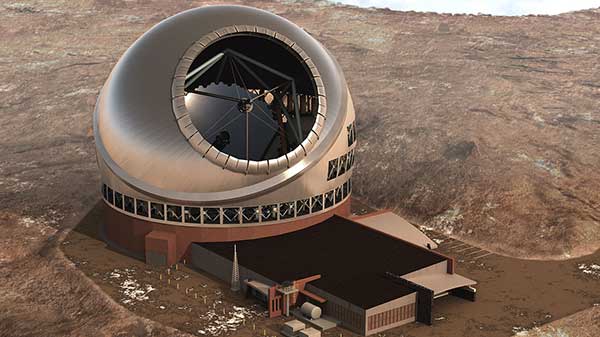 |
|
Setiathome. Berkeley. Edu.[Photo provided to China Daily] |
Better eyes
But the next generation of space telescopes will also revolutionize astronomy. The Transiting Exoplanet Survey Satellite (TESS), to be launched by NASA next year, is one of them.
Kepler, TESS' predecessor, which NASA launched in 2009, is the world's first space observatory dedicated to searching for planets outside our solar system. So far Kepler has confirmed 2,325 extra-solar planets, more than 70 percent of the total. Twenty-one of them are Earth-like, staying in habitable zone and within twice the size of Earth.
While both can monitor planetary transits, TESS can carry out all-sky surveys, but Kepler can observe only a small part of our region of the Milky Way.
"More importantly, TESS will look for extra-solar planets in orbit around the brightest stars, which will help analyze the physical nature of these planets," Mao says. "Kepler's planets are often around dim stars, which makes it difficult to carry out follow-up studies.
"The number of planets that TESS will detect is not necessarily much more (than Kepler), but the quality will be more advanced."
As well as searching for Earth-like planets, scientists also scan the skies for extraterrestrial signals via radio telescopes, as some believe other civilizations will inevitably produce and release radio waves, as we do, during their evolution.
Frank Drake, a US astronomer and astrophysicist, was the first to test the method. In 1960 he started Project Ozma, a pioneering SETI (search for extraterrestrial intelligence) experiment, at the US National Radio Astronomy Observatory at Green Bank, West Virginia. The aim was to examine nearby sun-like stars for signs of life through interstellar radio waves.
Although the project ended without success, it triggered dozens of SETI programs later.
However, the work of selecting possible meaningful signals from massive background noise eats up a lot of time and resources. The Space Sciences Laboratory at the University of California, Berkeley, launched the SETI@home project in 1999 to search for possible radio transmissions from extraterrestrial intelligence via public volunteer computing.
As part of the worldwide SETI effort, the project uses observational data from the Arecibo Observatory in Puerto Rico, the world's largest telescope, and the Green Bank observatory. The data, taken piggyback, or passively, while the telescopes are used for other scientific projects, are divided into small chunks and sent to millions of home computers for analysis. The software searches for signals with variations that cannot be ascribed to noise, hence possibly contain information.
So far, about 9 million volunteers in 226 countries have analyzed a total of 15 years of data from the Arecibo telescope, says Dan Werthimer, co-founder and chief scientist of the SETI@home project.
"We have identified about 100 very short radio bursts, about one millionth of a second long, that we don't fully understand," Werthimer says. Radio communications from Earth have not been ruled out as the source of these signals.
No signals have been confirmed as from extraterrestrial civilizations. "We've only had radio for 100 years and lasers for 60 years," Werthimer says. "We are just getting in the game and just beginning to explore the potential different frequencies and signal types that another civilization might use. There's a long way to go before we can do a thorough search.
"The good news is that the capabilities of earthlings are growing. The computing power is developing quickly and the FAST telescope will be very powerful."
|
|
|
|
|
|
|
|
